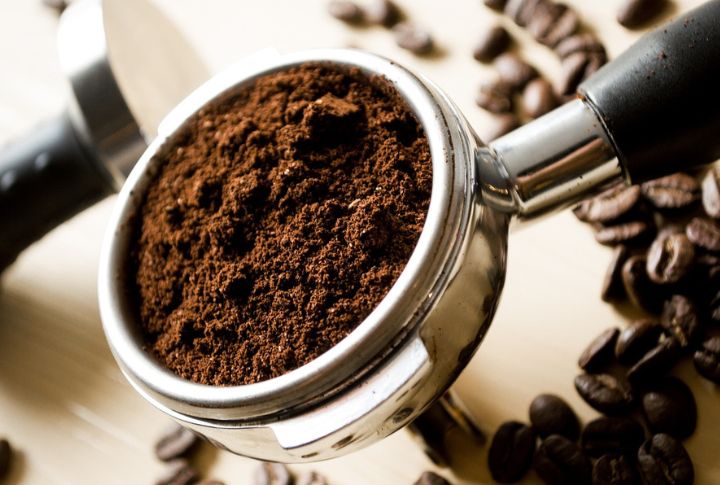
Gardeners often overlook a powerful, eco-friendly soil amendment hiding in plain sight: used coffee grounds. Rich in nitrogen and slightly acidic, they can enhance the growth of specific plants that thrive in such conditions. Let’s explore which plants benefit the most from this natural boost.
Blueberries

Soil pH near 4.5 to 5.5 helps blueberries thrive, and coffee grounds add acidity plus nitrogen to boost growth. Research from Rutgers University also shows that mulching with coffee grounds in early spring improves berry sweetness and increases production.
Hydrangeas

Adjusting bloom color isn’t a mystery—it’s chemistry. Grounds acidify the soil, enabling hydrangeas to absorb aluminum, which transforms petals into deep blues. Maintaining the right balance requires no more than 2–3 times per year. For best effect, pair grounds with other acidifying amendments like elemental sulfur to support long-term pH adjustment.
Azaleas
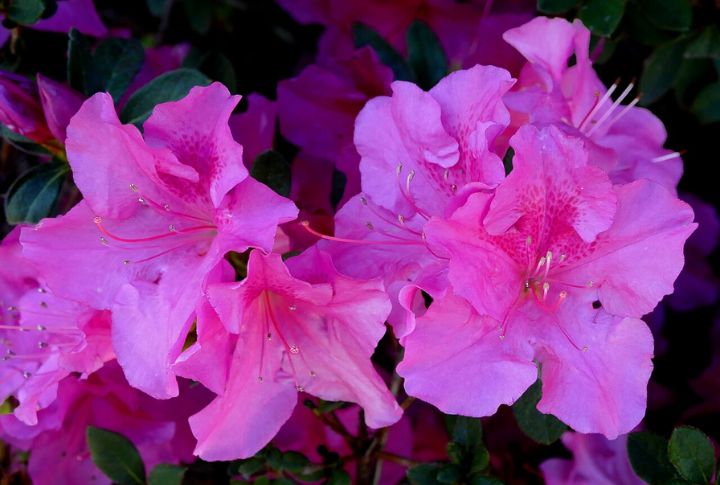
These vibrant bloomers evolved in woodland soils rich with decayed organic matter. Coffee grounds mimic that ecosystem beautifully. Their high nitrogen content and mild acidity keep azalea roots healthy and blooms vivid. Over time, even leaf drop and root rot decrease in gardens using composted coffee regularly.
Rhododendrons

Yellow leaves on your rhododendron may signal chlorosis caused by iron deficiency that blocks chlorophyll production. Coffee grounds lower soil pH, helping roots absorb iron. Moreover, Clemson’s research shows that chlorosis improves with soil acidity near 5.0–5.5. Therefore, apply grounds under mulch for gradual nutrient release.
Camellias

For bold winter camellias, acidic soil is key. Coffee grounds create a moist, slightly sour root zone rich in microbes. This attracts earthworms that enhance aeration. Consistent early fall applications often result in thicker foliage and more flower buds.
Gardenias
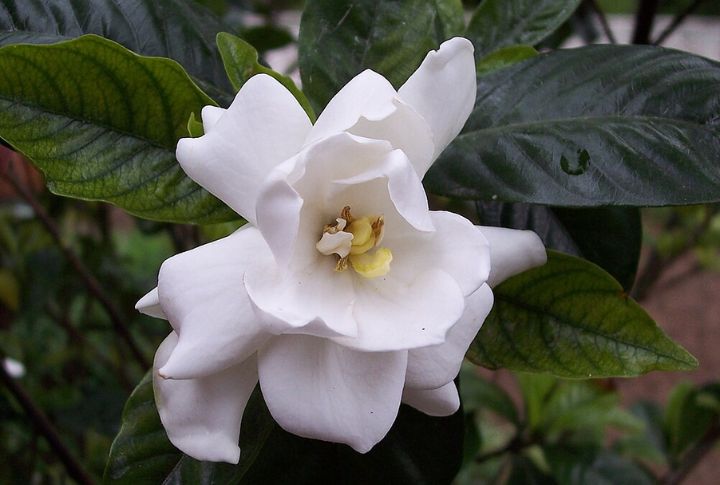
The scent may be heavenly, but gardenias are picky. A pH above 6.5 limits their iron absorption, causing yellowing leaves. They thrive in slightly acidic soil with rich organic matter—conditions that coffee grounds can help create when used sparingly and properly composted.
Lily Of The Valley
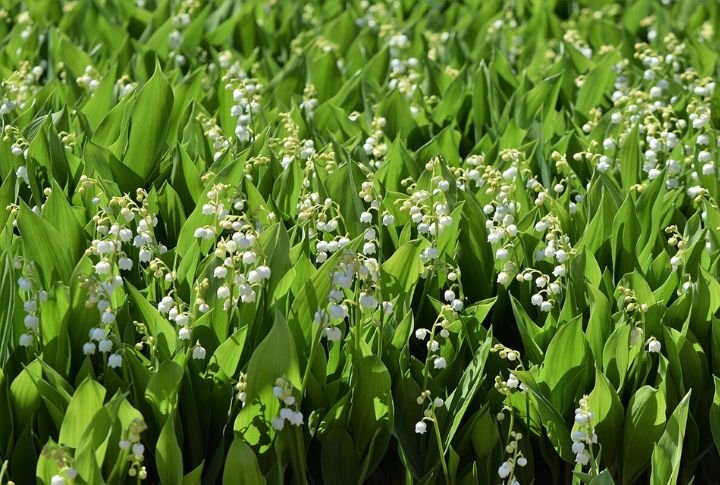
Imagine a damp forest floor—cool, dark, and slightly acidic. That’s where Lily of the Valley thrives. Sprinkle modest amounts into the soil or compost and expect denser foliage to develop. Avoid clumping the grounds, though, as the roots can suffocate without airflow in clay-heavy beds.
Ferns
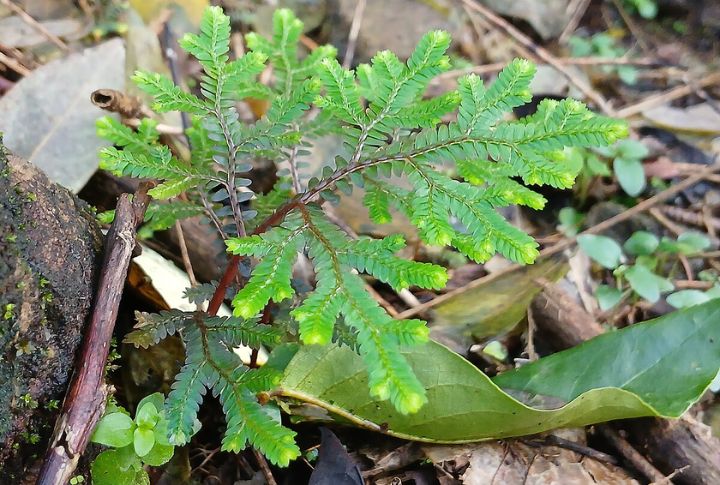
Ferns from shaded woodland habitats thrive when soil pH sits between 4.0 and 6.0. Composting coffee grounds helps boost soil fertility and encourages microbial life that strengthens root systems. Experts at Missouri Botanical Garden suggest composted grounds for nourishing acid-loving ferns effectively.
Magnolia
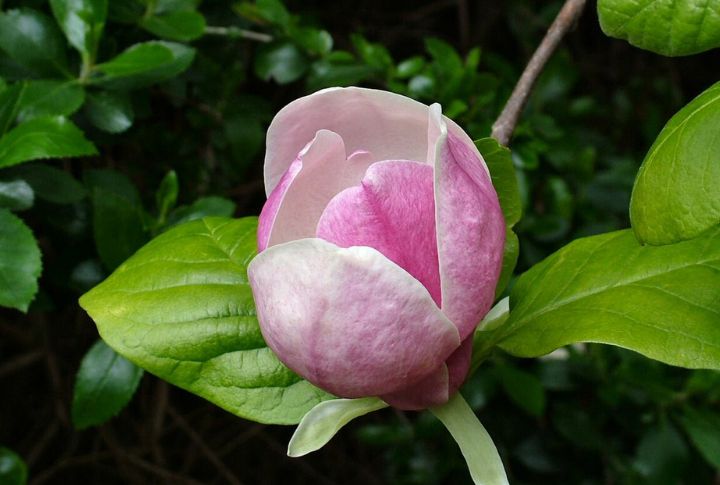
Magnolia roots spread wide but stay close to the surface, so keeping soil chemistry balanced is key. Adding coffee grounds under mulch lowers surface pH and supplies important nutrients like magnesium and copper. Used in moderation, this helps the tree develop a fuller canopy and more abundant blooms by year three.
Begonias

Begonias love loose, airy soil, but only if it is acidic, which makes coffee grounds a smart supplement when used in moderation. Cornell Extension reports healthier stems and more continuous blooming when gardeners mix grounds into their potting mix during the peak flowering season.
Marigolds

Common in companion gardens, marigolds benefit from the organic matter in used coffee. While they tolerate various soils, a hint of acidity increases vigor. Grounds add potassium and phosphorus—great for flower development. Blend with compost to avoid compaction, and you’ll notice denser, pest-resistant plants by midseason.
Daffodils

If your daffodils need a boost, coffee grounds might do the trick. They add nitrogen and help tilt soil acidity into the ideal 6.0–7.0 range. Fall is the best time to apply them—Michigan State research suggests lower pH encourages quicker sprouting and better bulb performance come spring.
Nasturtiums

Trailing nasturtiums with their edible blooms benefit from compost enriched with coffee grounds. Mixed properly, they help maintain slight acidity without overpowering the soil. That balance gives way to brighter leaves and extended flowering, even where summer warmth is slow to arrive.
Peonies

Though hardy, peonies bloom more generously in soil slightly below neutral. This is where Coffee grounds come in, as they work as a gentle pH buffer and enrich the root zone without overwhelming it. Also, mild acidity helps provide phosphorus, which is critical for floral production and bud density throughout the bloom cycle.
Hostas

A thick blanket of mulch over coffee grounds can do wonders for hostas. It keeps soil pH in the ideal 6.0 to 7.5 range and feeds the plants with nitrogen, helping them recover after stress. That combo also attracts worms, which improve airflow in shaded, crowded beds.
Irises

Iris rhizomes dislike dense or overly alkaline soils. While coffee grounds don’t drastically alter pH, they can modestly improve soil texture and offer organic matter. Sprinkle grounds lightly around—not on—the crown to avoid rot. Use in moderation alongside balanced soil practices for the best bloom results.
Strawberries

Better berries start underground. Strawberries flourish in a pH range between 5.5 and 6.5, and coffee grounds keep that range stable. Their slow nutrient release supports both leaf growth and fruiting. Be sure to mix the grounds with straw or aged compost to prevent overly dense topsoil.
Caladiums

Grown for their vibrant foliage, caladiums struggle in basic soil. However, this is corrected by Coffee grounds that have subtle acidity and nitrogen support. Apply only post-sprout, as dry grounds can inhibit germination. Once active, plants display sharper color contrast, especially in warmer zones where nutrient leaching is more common.
Heucheras
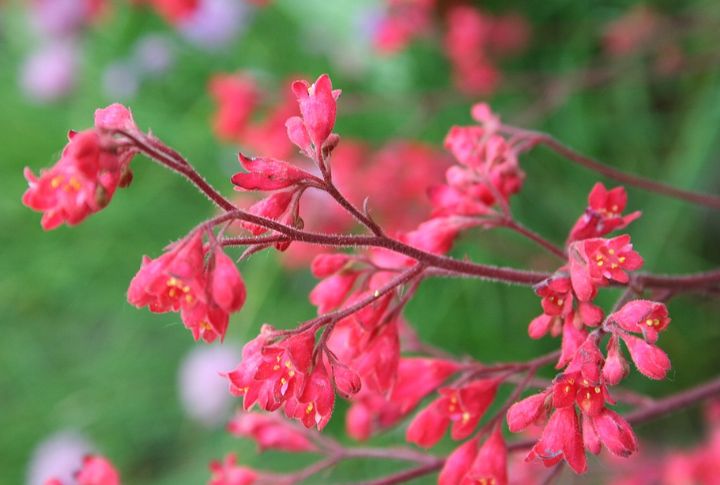
These low-growing perennials, often called coral bells, benefit from acidic soil to maintain rich leaf pigments. Coffee grounds, when used sparingly, can help support vibrant foliage by enriching the soil with organic matter and maintaining the mildly acidic conditions these ornamental plants prefer.
Tomatoes

Though not acid lovers by default, tomatoes benefit from coffee grounds when the soil skews too alkaline. A thin layer near the root zone aids nitrogen levels and lowers pH just enough to improve calcium uptake. That helps prevent blossom end rot, one of the crop’s most common frustrations.

